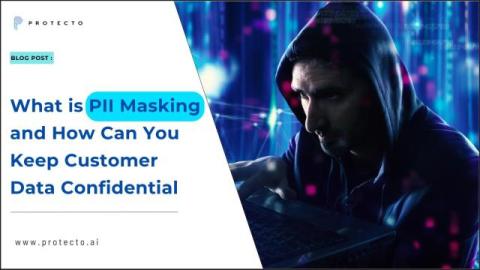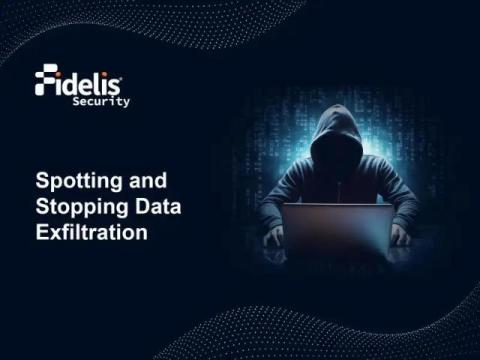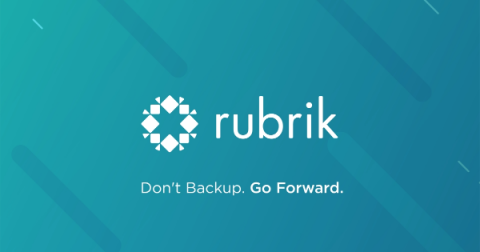What is PII Masking and How Can You Keep Customer Data Confidential
Personally Identifiable Information (PII) refers to any data that can identify an individual. In today’s digital world, protecting PII is crucial. As data breaches become more common, businesses must protect their sensitive information. PII masking plays a vital role in data security. It involves altering or hiding specific data elements to prevent unauthorized access. This practice is essential for companies that handle large volumes of customer data.











